The Great Train Robbery - an original £1 One Pound bank note from the robbery, used in the trial to convict the Great Train Robbers. The note comes covered in black fingerprint dust, and housed in its original Police ' Evidence ' envelope which lists it as ' Exhibit NO. 441P ' and a label which reads ' Bank Of England £1 Note - Ser. No. E24K 740218 - Not Put In Front Of Jury '. To the front of the note is a Police tag, believed to be highlighting a fingerprint. Supplied with a personal photograph from the vendor's private collection which he took of Ronnie Biggs (1929-2013) with some of his collection, Biggs can be seen holding a pile of these original notes. The photograph is signed by Biggs in black ink. Important piece of British crime history. The Great Train Robbery was the robbery of £2.6 million from a Royal Mail train heading from Glasgow to London on the West Coast Main Line in the early hours of 8 August 1963, at Bridego Railway Bridge, Ledburn, near Mentmore in Buckinghamshire, England. After tampering with the lineside signals in order to bring the train to a halt, a gang of fifteen, led by Bruce Reynolds, attacked the train. Other gang members included Gordon Goody, Buster Edwards, Charlie Wilson, Roy James, John Daly, Danny Pembroke, Jimmy White, Ronnie Biggs, Tommy Wisbey, Jim Hussey, Bob Welch and Roger Cordrey, as well as three men known only as numbers "1", "2" and "3". A 16th man, an unnamed retired train driver, was also present. With careful planning based on inside information from an individual known as "The Ulsterman" (erroneously named as Patrick McKenna in 2014), the robbers escaped with over £2.6 million (equivalent to £53.5 million today). The bulk of the stolen money was never recovered. Though the gang did not use any firearms, Jack Mills, the train driver, was beaten over the head with a metal bar. Mills' injuries were severe enough to end his career. After the robbery, the gang hid at Leatherslade Farm and famously used the money in a game of Monopoly - unwittingly incriminating themselves whilst doing so as the Monopoly set was used to garner finger prints of the suspects and was instrumental in the Police arresting most of the gang. The ringleaders were sentenced to 30 years in jail.
The Great Train Robbery - an original £1 One Pound bank note from the robbery, used in the trial to convict the Great Train Robbers. The note comes covered in black fingerprint dust, and housed in its original Police ' Evidence ' envelope which lists it as ' Exhibit NO. 441P ' and a label which reads ' Bank Of England £1 Note - Ser. No. E24K 740218 - Not Put In Front Of Jury '. To the front of the note is a Police tag, believed to be highlighting a fingerprint. Supplied with a personal photograph from the vendor's private collection which he took of Ronnie Biggs (1929-2013) with some of his collection, Biggs can be seen holding a pile of these original notes. The photograph is signed by Biggs in black ink. Important piece of British crime history. The Great Train Robbery was the robbery of £2.6 million from a Royal Mail train heading from Glasgow to London on the West Coast Main Line in the early hours of 8 August 1963, at Bridego Railway Bridge, Ledburn, near Mentmore in Buckinghamshire, England. After tampering with the lineside signals in order to bring the train to a halt, a gang of fifteen, led by Bruce Reynolds, attacked the train. Other gang members included Gordon Goody, Buster Edwards, Charlie Wilson, Roy James, John Daly, Danny Pembroke, Jimmy White, Ronnie Biggs, Tommy Wisbey, Jim Hussey, Bob Welch and Roger Cordrey, as well as three men known only as numbers "1", "2" and "3". A 16th man, an unnamed retired train driver, was also present. With careful planning based on inside information from an individual known as "The Ulsterman" (erroneously named as Patrick McKenna in 2014), the robbers escaped with over £2.6 million (equivalent to £53.5 million today). The bulk of the stolen money was never recovered. Though the gang did not use any firearms, Jack Mills, the train driver, was beaten over the head with a metal bar. Mills' injuries were severe enough to end his career. After the robbery, the gang hid at Leatherslade Farm and famously used the money in a game of Monopoly - unwittingly incriminating themselves whilst doing so as the Monopoly set was used to garner finger prints of the suspects and was instrumental in the Police arresting most of the gang. The ringleaders were sentenced to 30 years in jail.
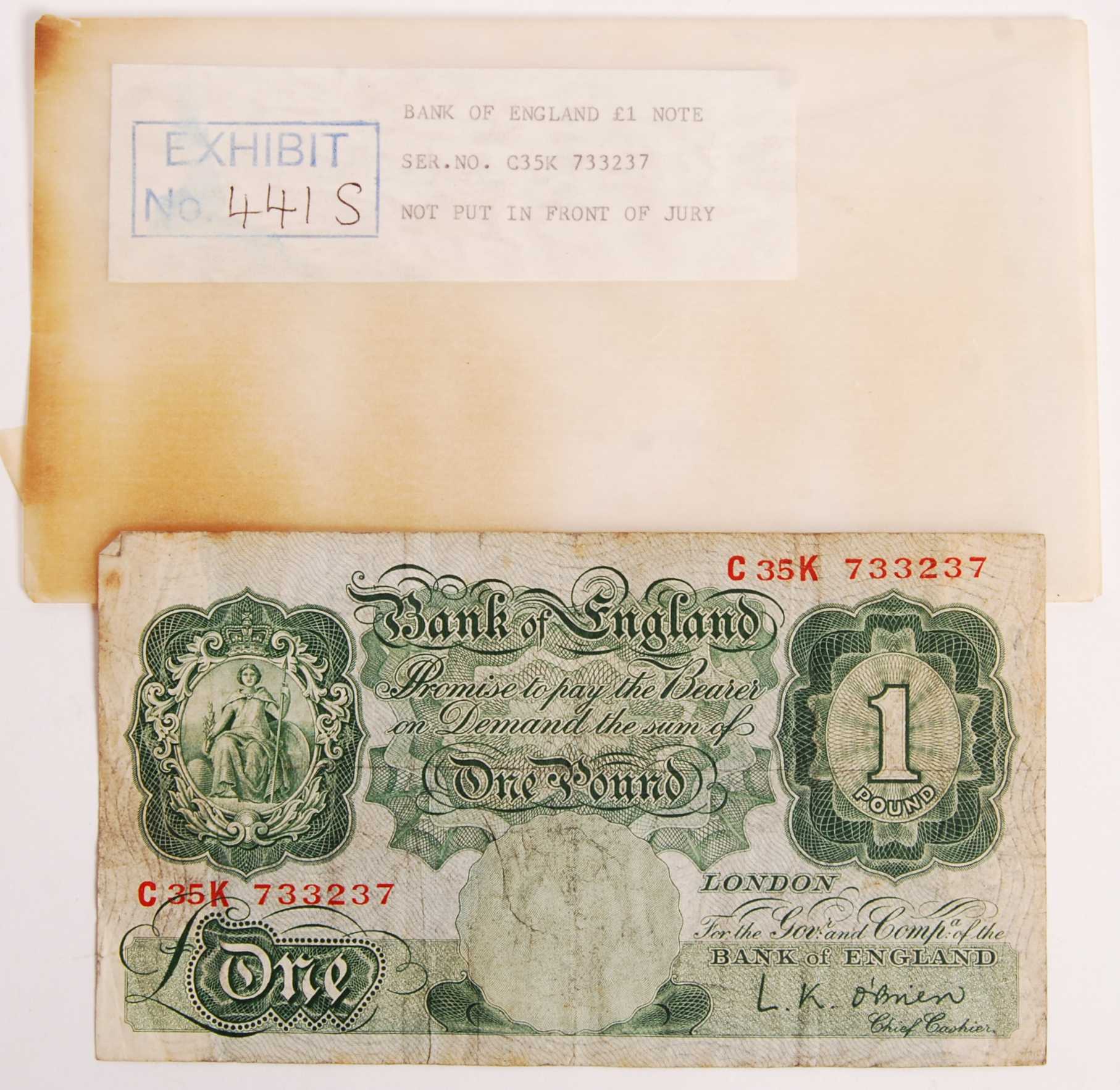
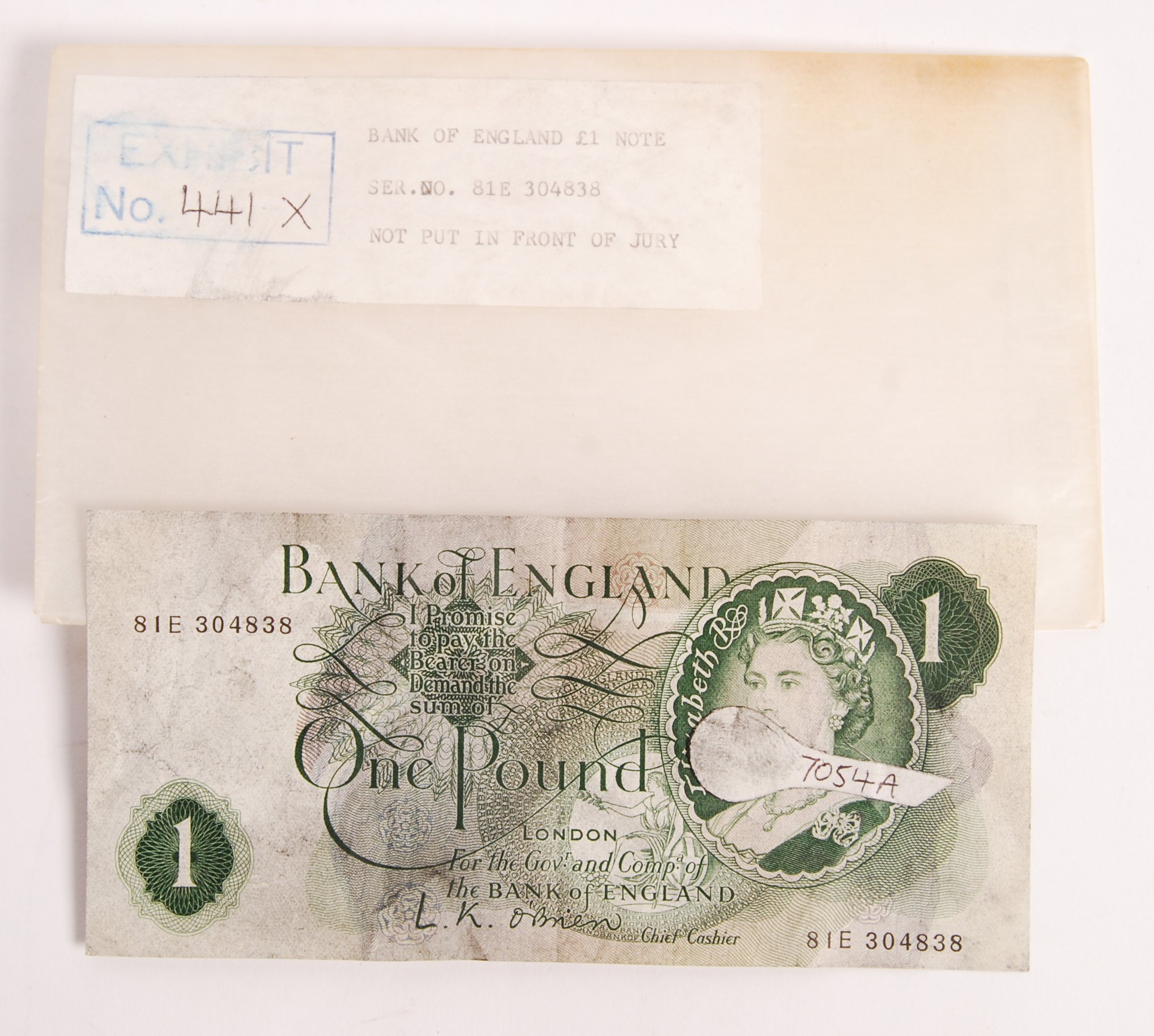
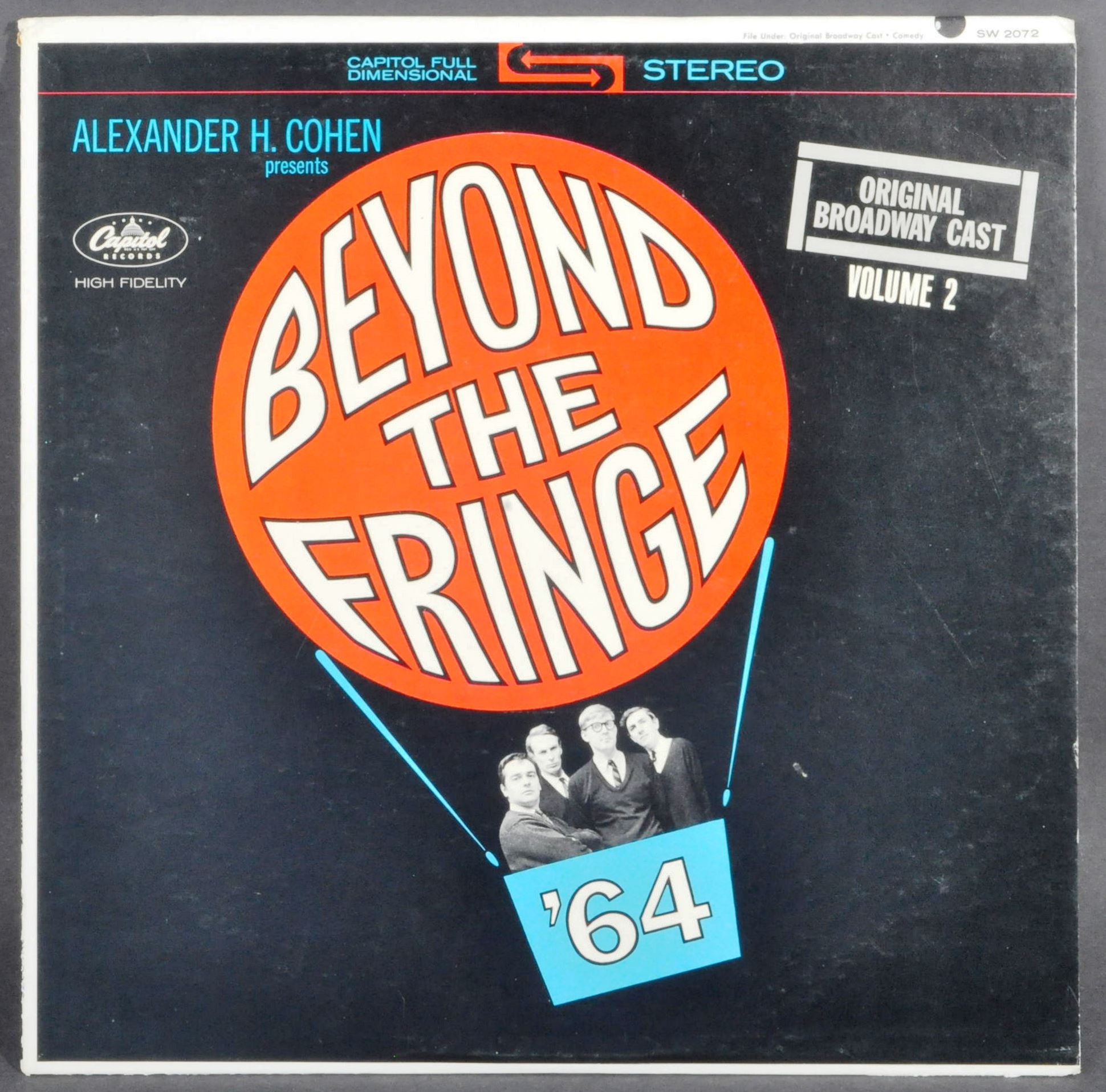
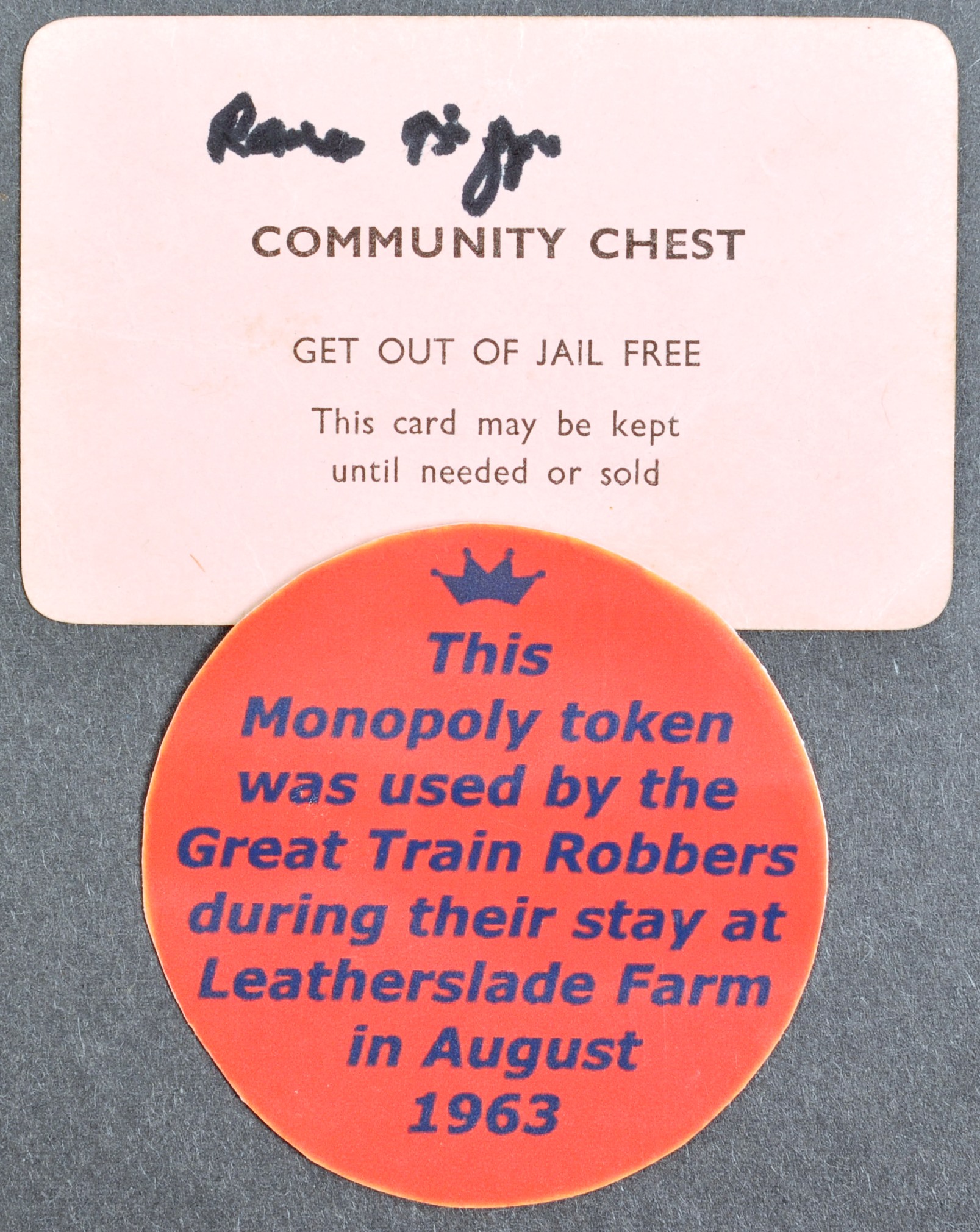
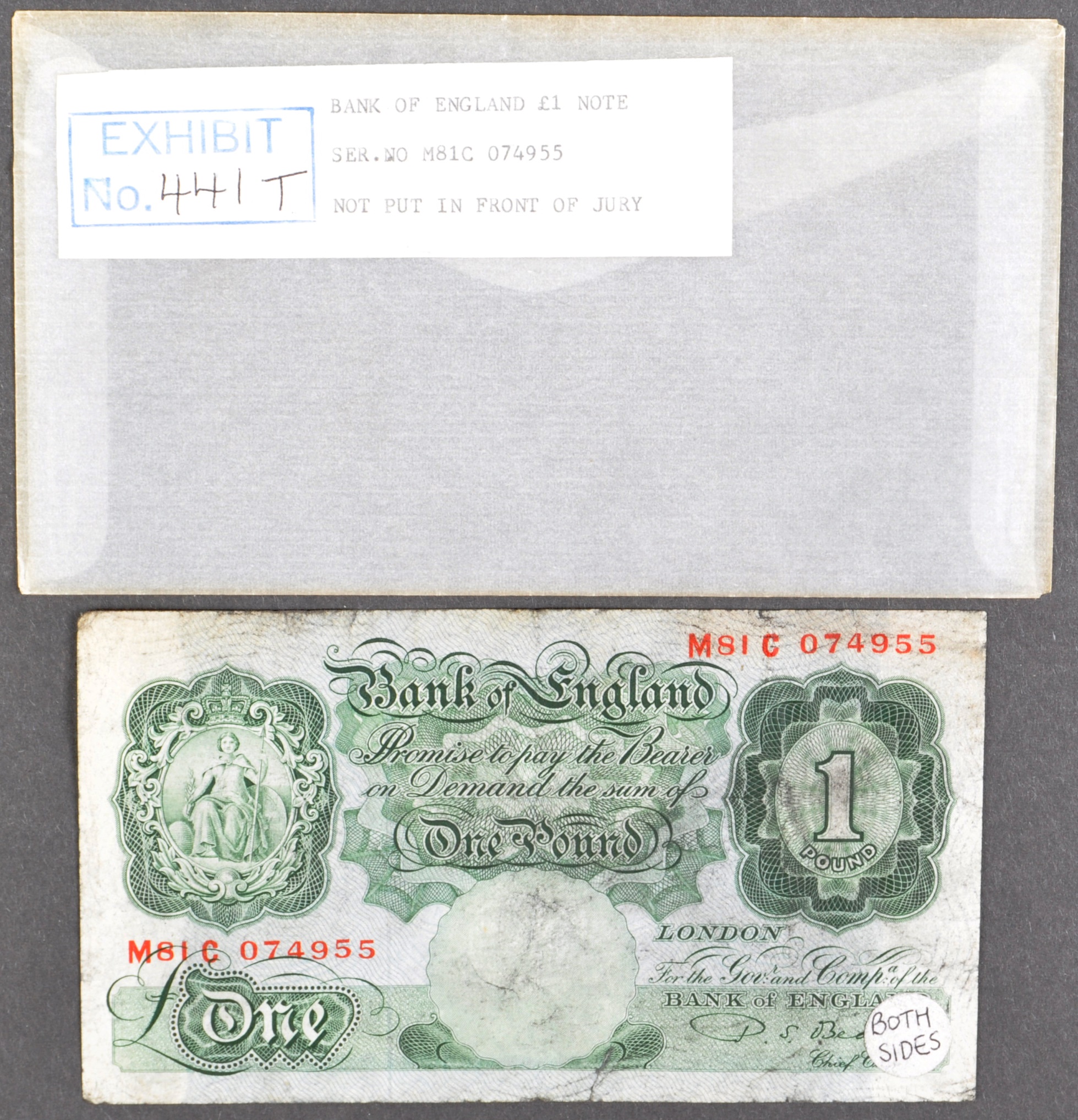
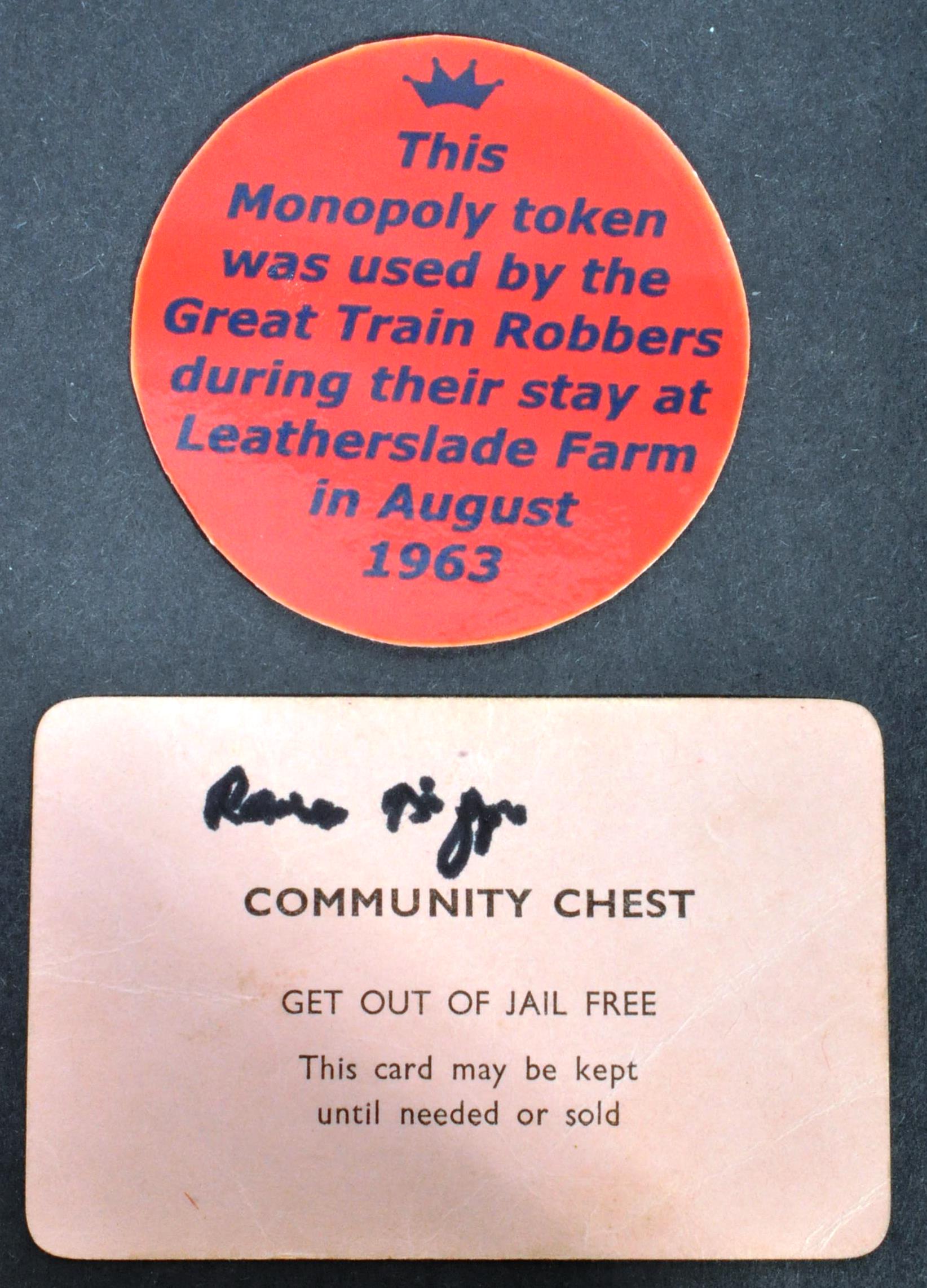
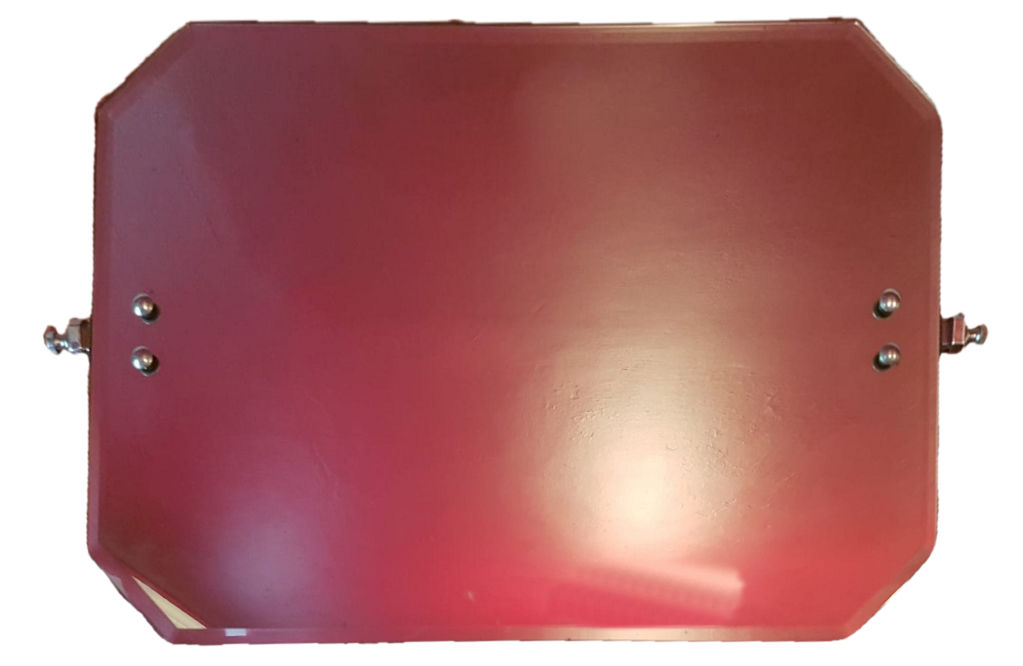
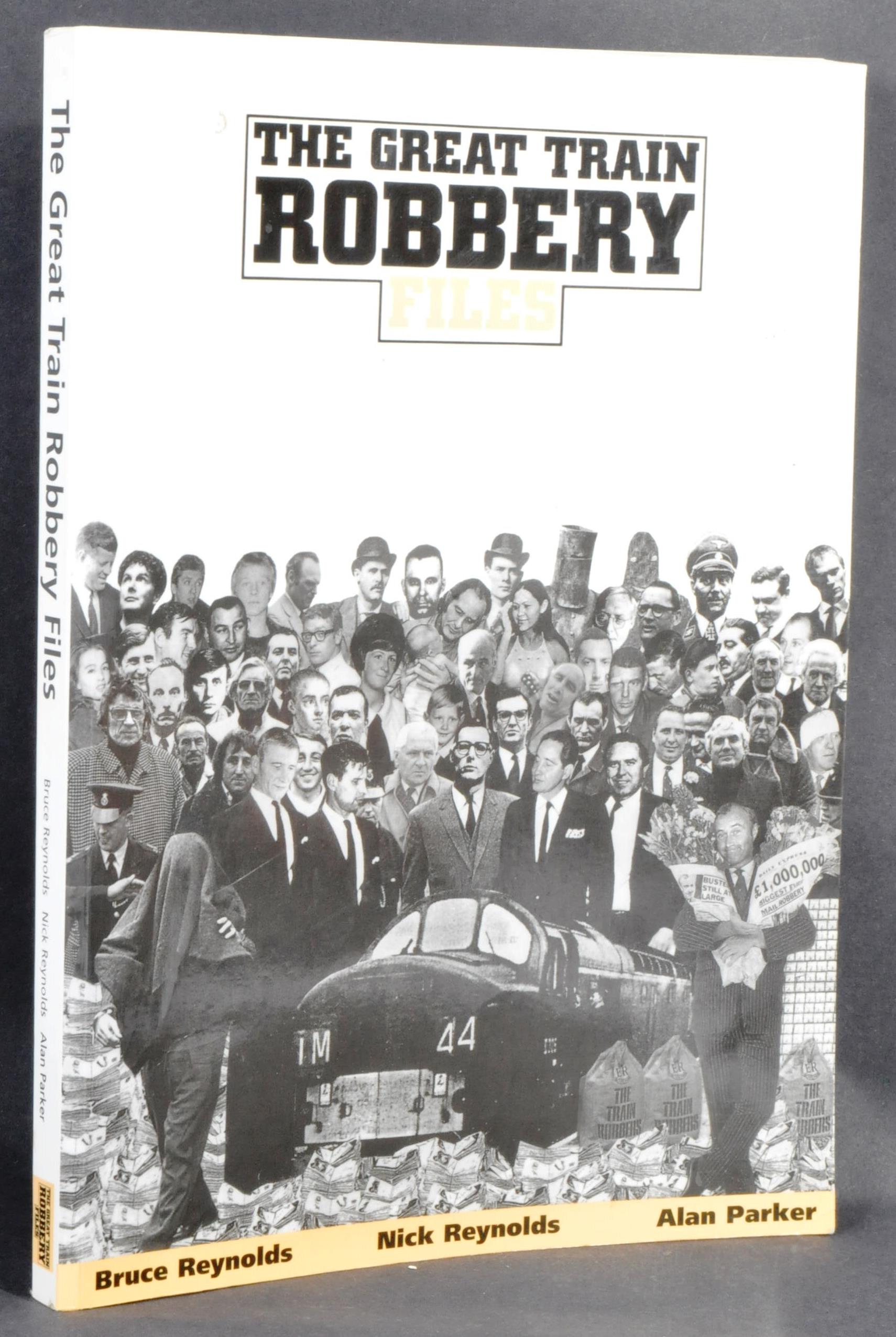
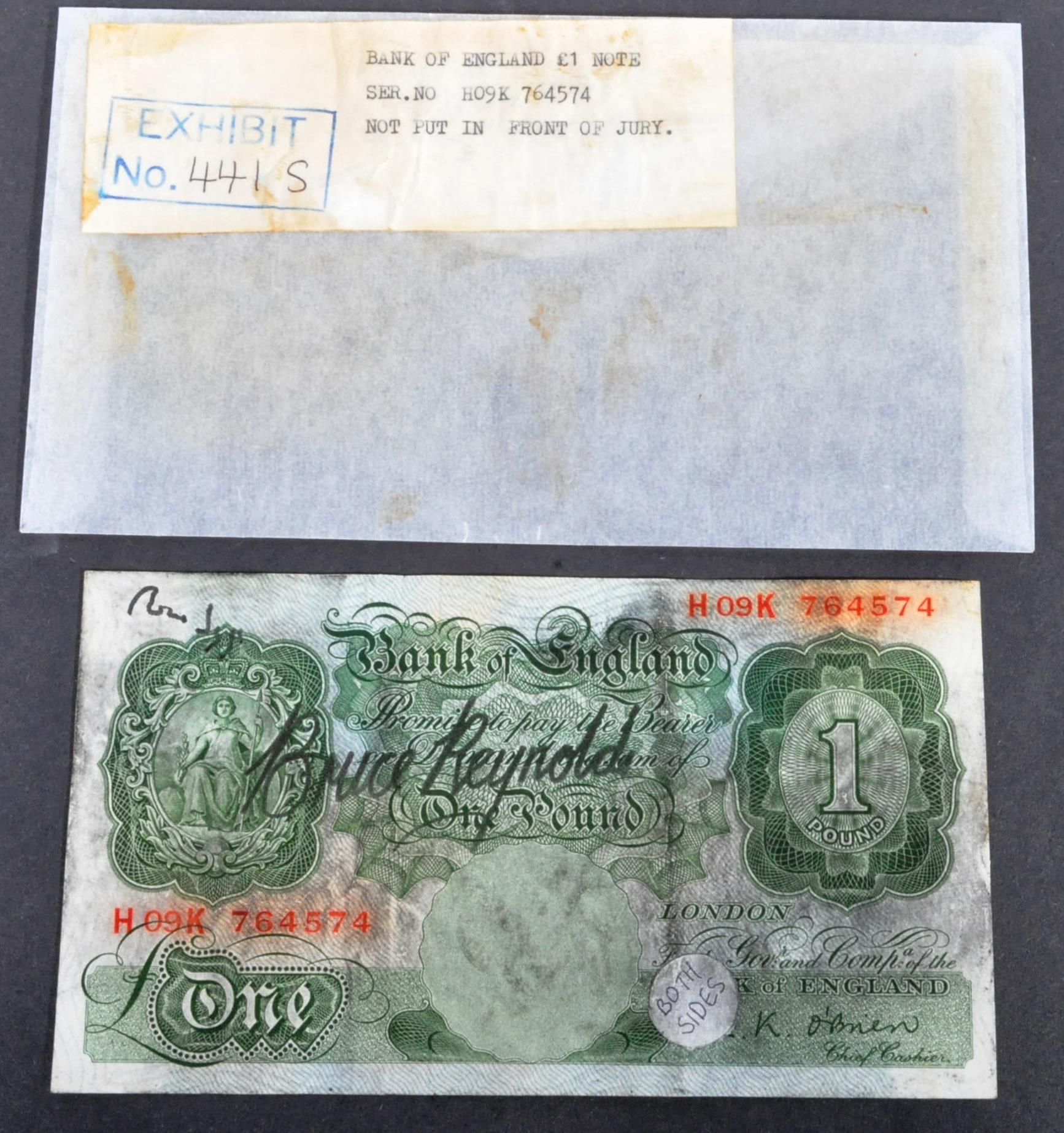
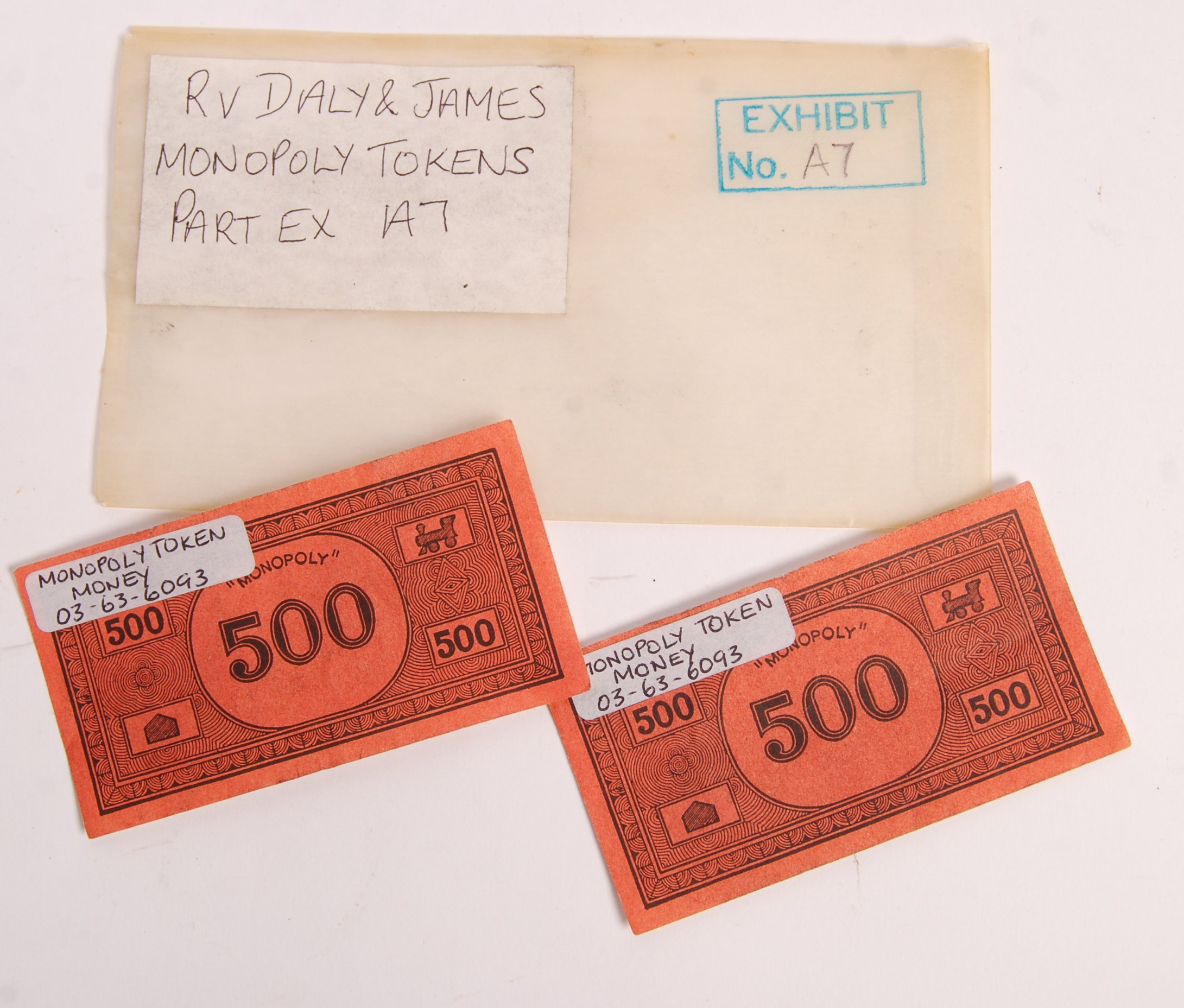
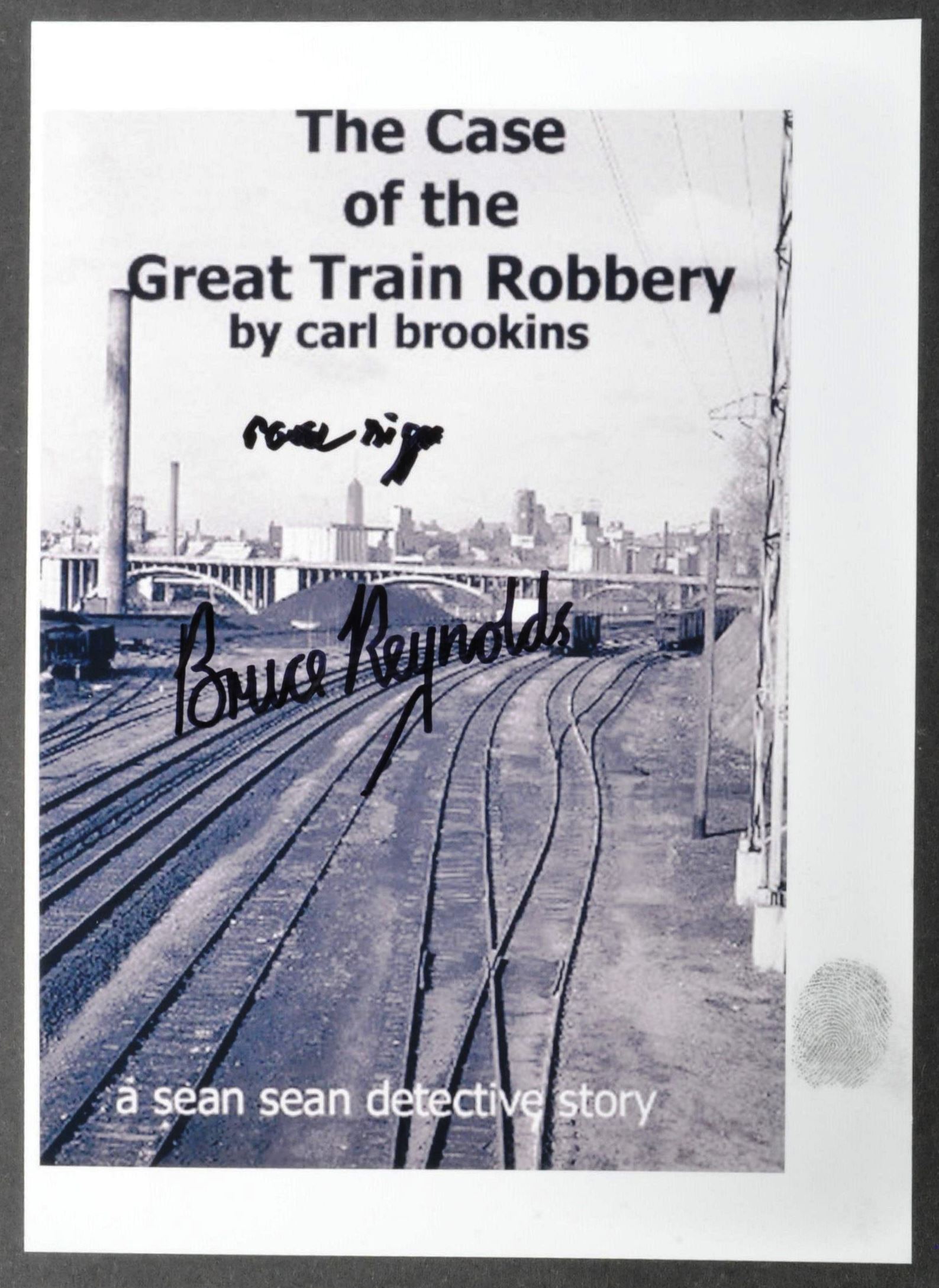
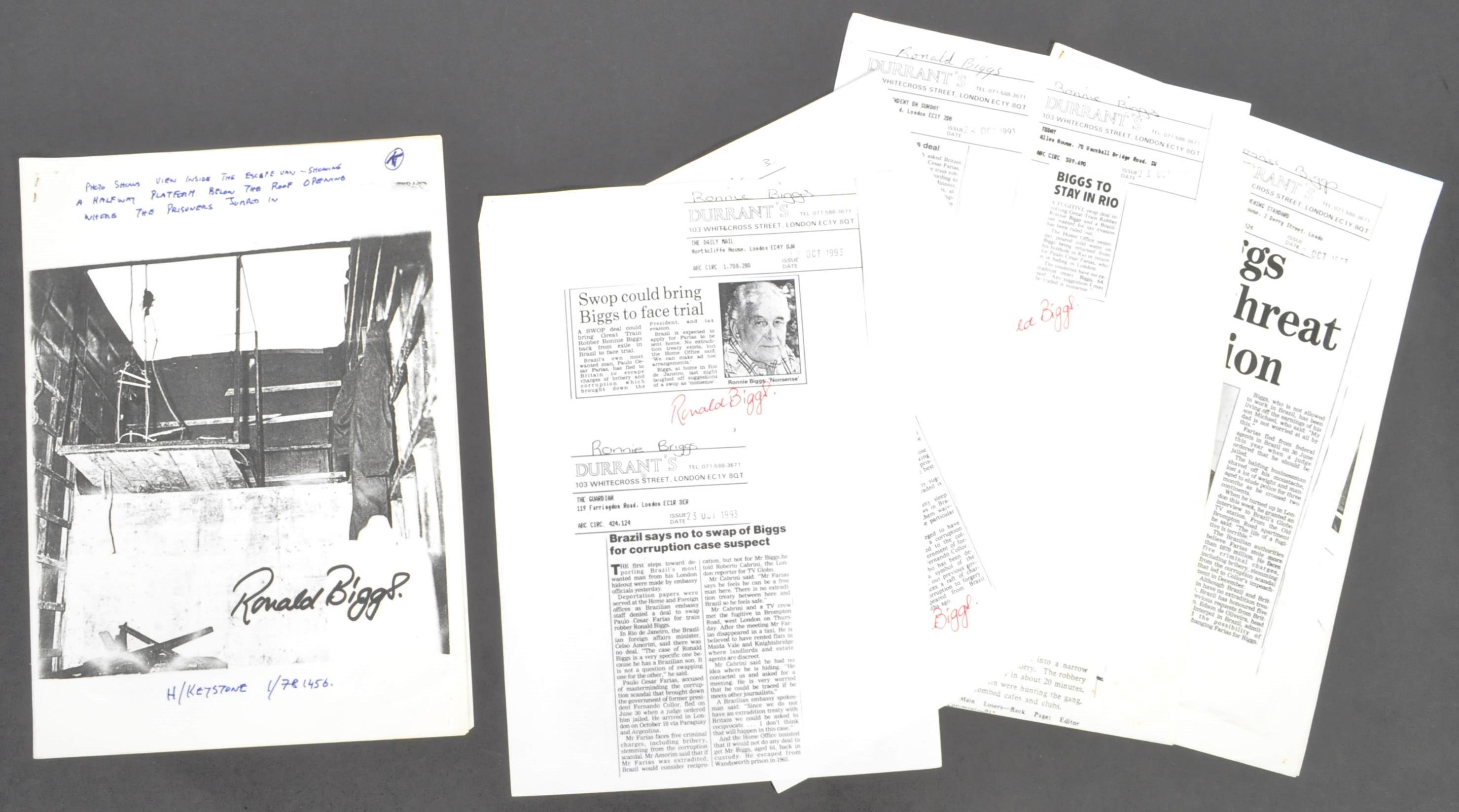
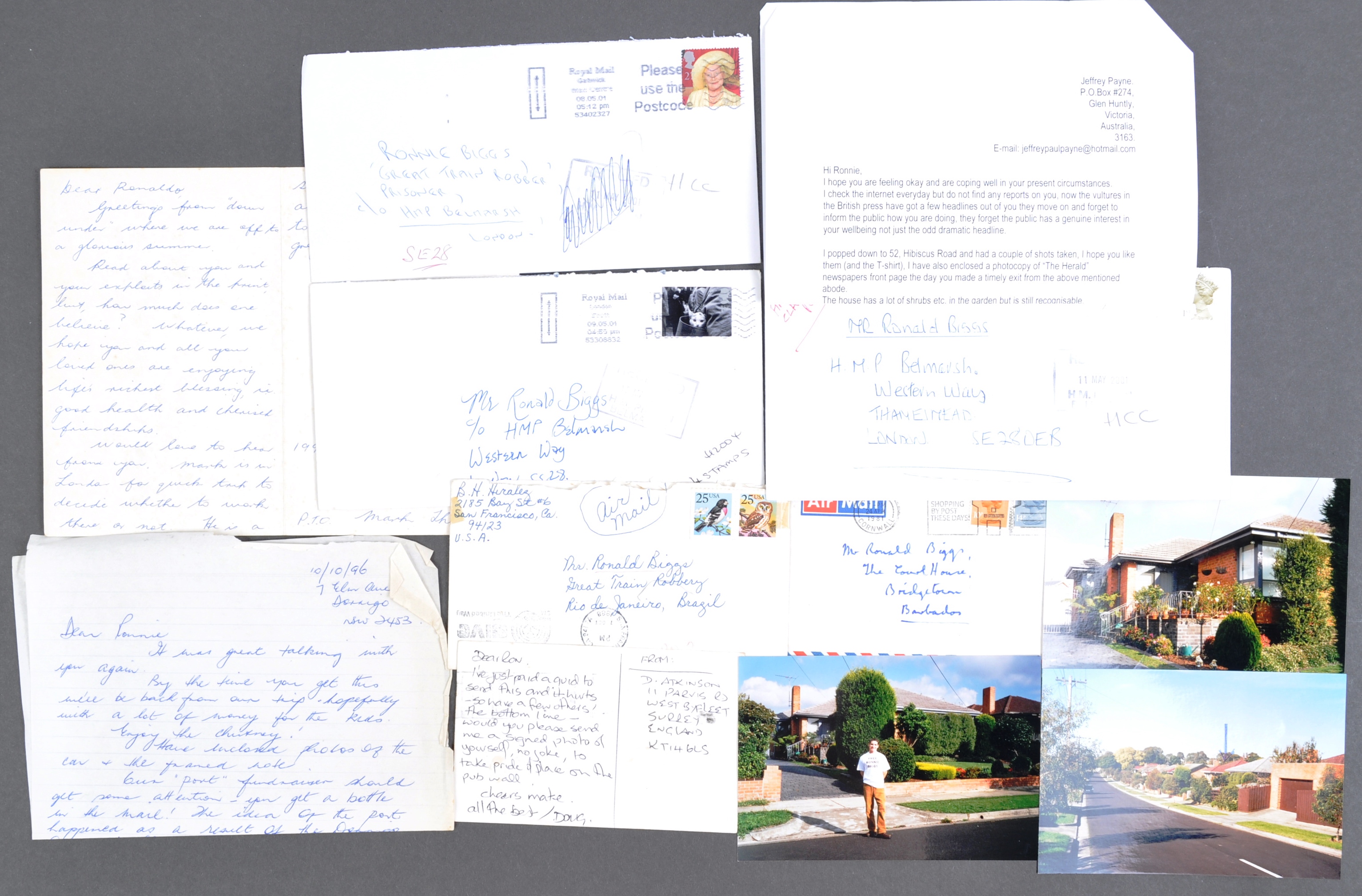
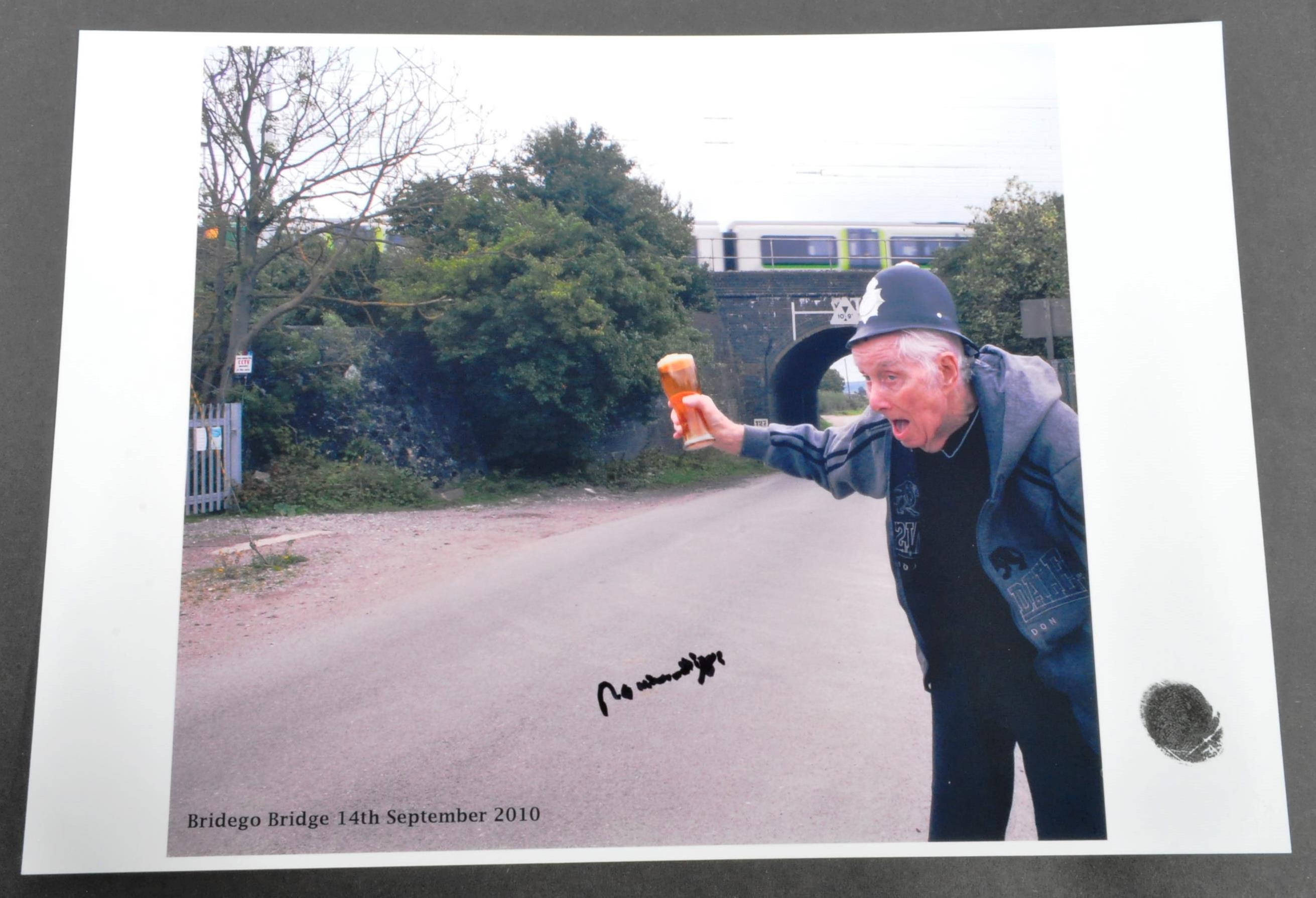
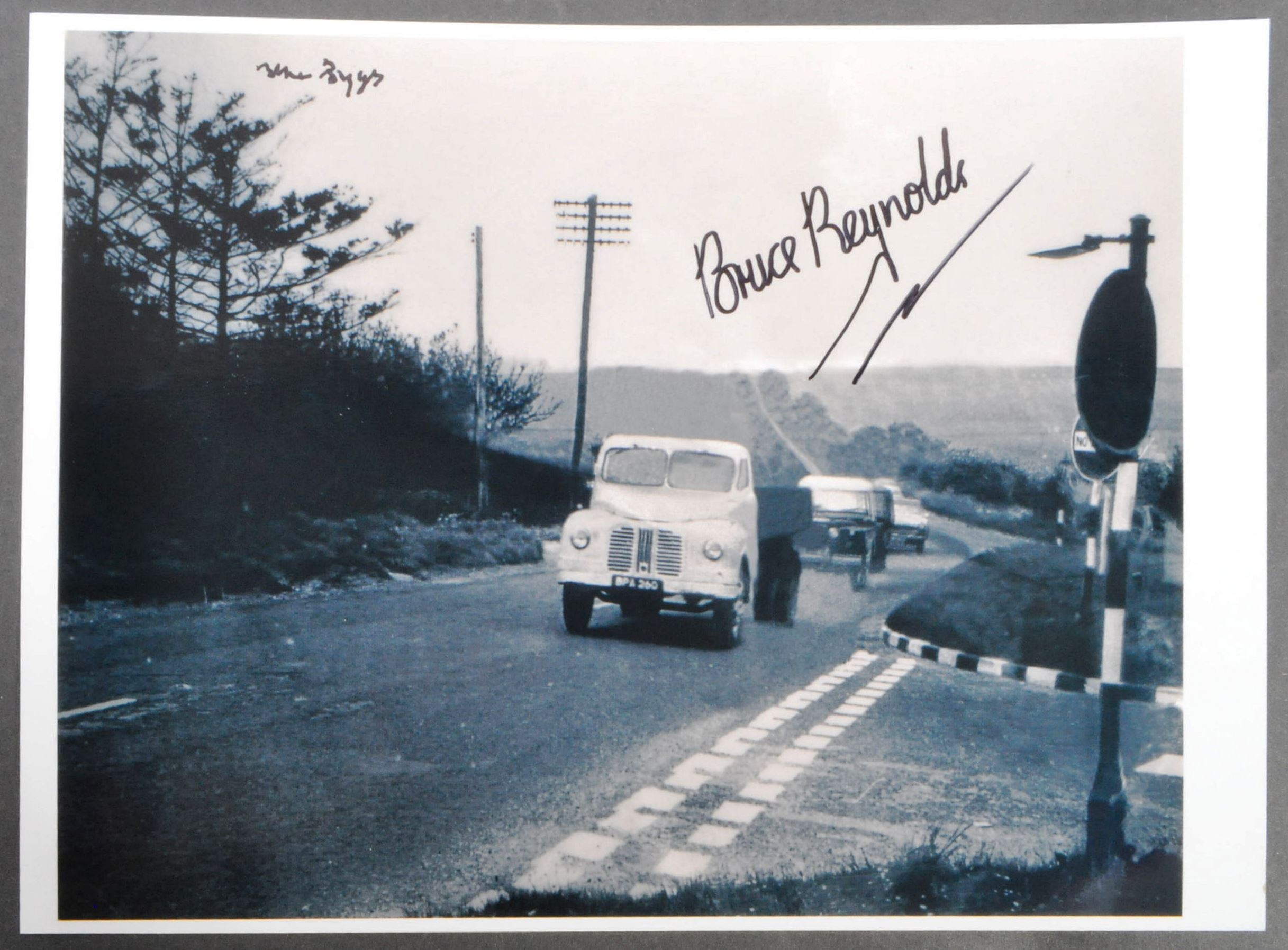
Testen Sie LotSearch und seine Premium-Features 7 Tage - ohne Kosten!
Lassen Sie sich automatisch über neue Objekte in kommenden Auktionen benachrichtigen.
Suchauftrag anlegen